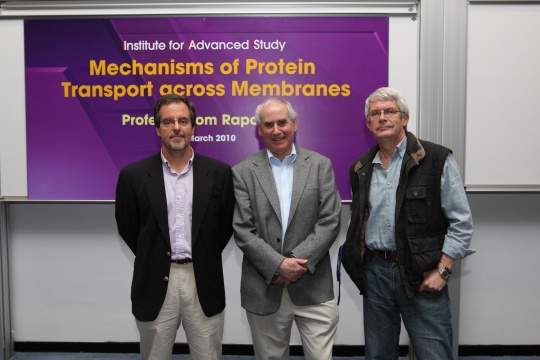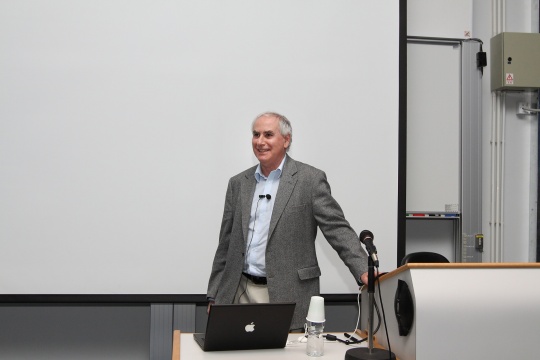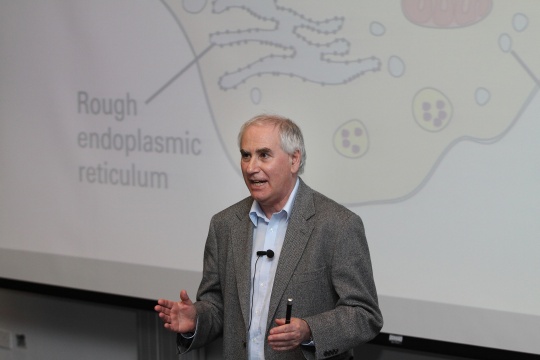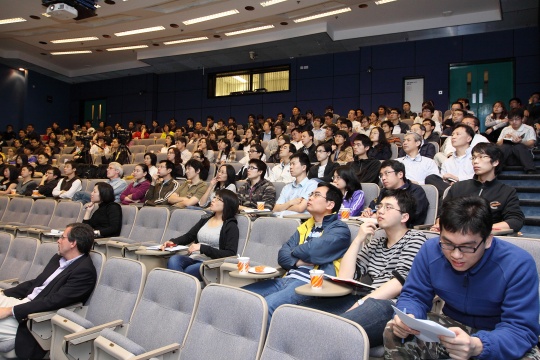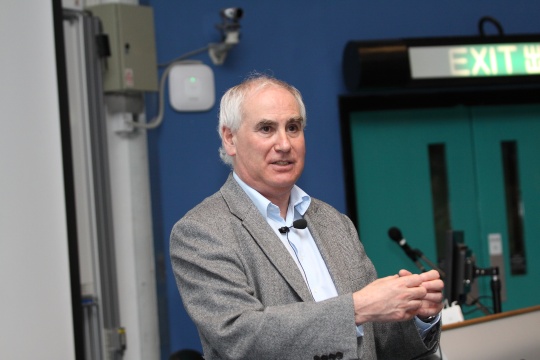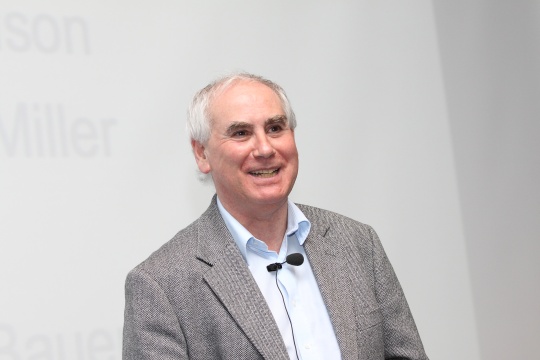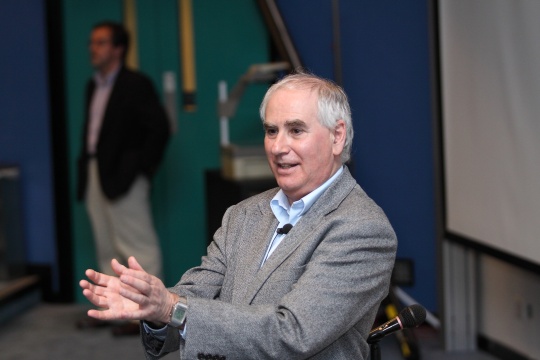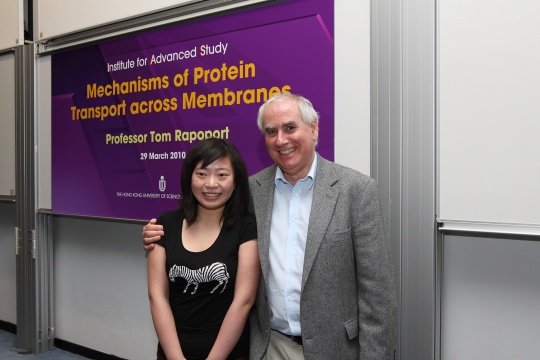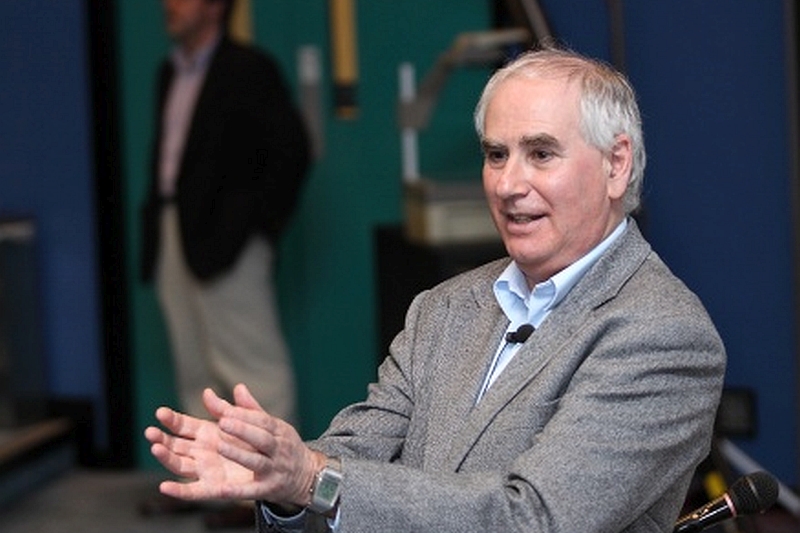Mechanisms of Protein Transport across Membranes
Abstract
Many proteins in bacteria are transported during their biosynthesis across or are integrated into the plasma membrane, a process that is similar to protein translocation across the endoplasmic reticulum (ER) membrane in eukaryotes. Transport occurs through a protein-conducting channel that is formed from a conserved heterotrimeric membrane protein complex (SecY or Sec61 complex). The channel associates with different partners in different translocation pathways. In bacteria, the SecY channel can associate with the translating ribosome (co-translational translocation) or with the cytoplasmic ATPase SecA (post-translational translocation). Crystal structures of the SecY complex alone or in association with SecA provide important insight into the mechanism of translocation. Many of the predictions made on the basis of the X-ray structures have now been confirmed by biochemical experiments. Taken together, these results show how the channel is opened, how it prevents the passage of small molecules, how transmembrane segments of membrane proteins exit laterally into lipid, and how SecA pushes polypeptide chains through the channel.
About the Speaker
Prof. Tom Rapoport received his PhD degree from Humboldt University, Berlin in 1972. Before joining the faculty of Harvard Medical School in 1995 as Professor of Cell Biology, he was Professor of Cell Biology at the Academy of Sciences of East Germany and later at the Max Delbrück Center for Molecular Medicine. He was appointed as a Howard Hughes Medical Institute Investigator in 1997.
Professor Rapoport is a member of the US National Academy of Sciences, a fellow of the American Academy of Arts and Sciences, and a fellow of the American Association for the Advancement of Science. His research interest is in the mechanism by which proteins are transported across membranes and how organelles form and maintain their characteristic shapes.

